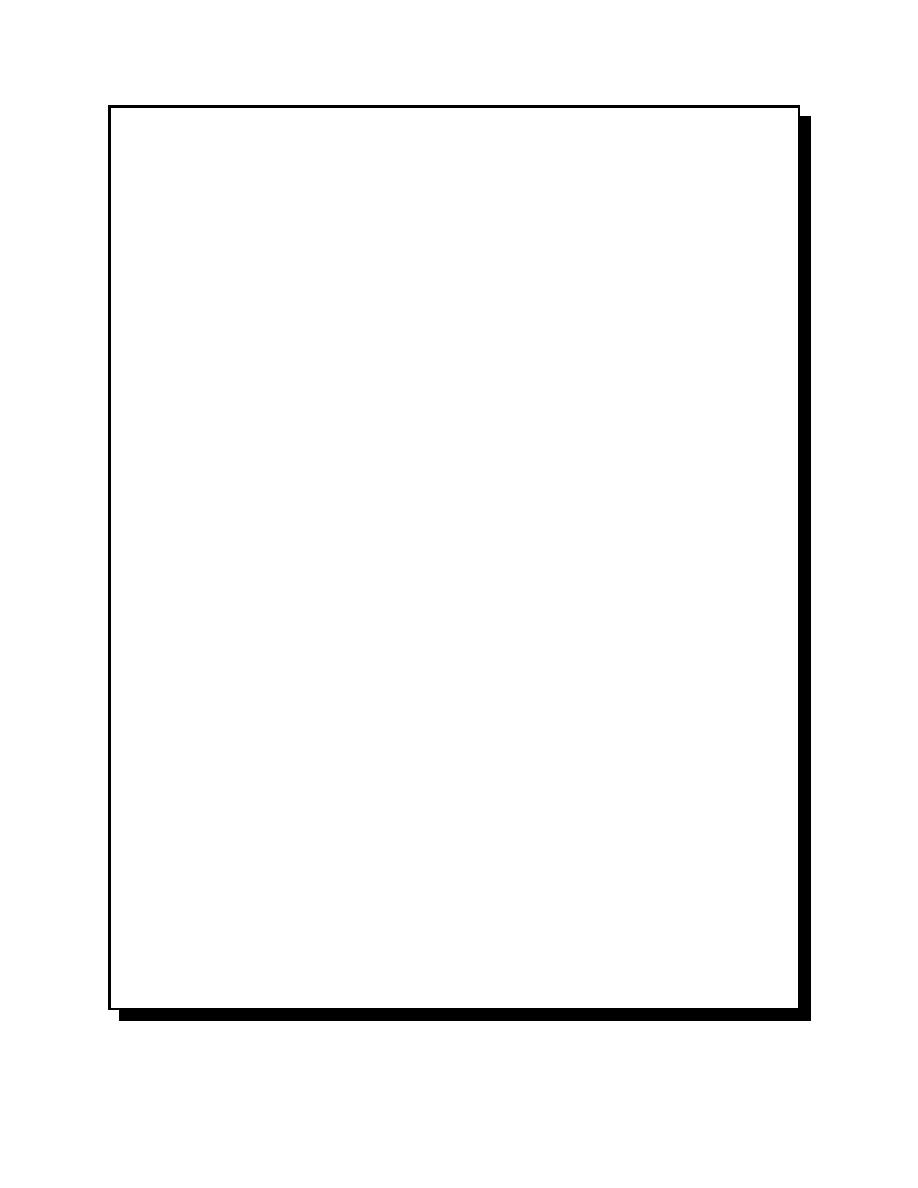 |
|||
|
|
|||
|
Page Title:
Example 5.2. Criteria for Participating in Individual Monitoring Programs |
|
||
| ||||||||||
|
|  DOE-STD-1121-98
Example 5.2. Criteria for Participating in Individual Monitoring Programs
Criterion 1:
Quantity of radioactive material in process
This criterion establishes a maximum working activity (MWA) or a mixture specific activity above
which individual monitoring is recommended. The MWA is a quantity calculated using the nuclide
stochastic ALI, and factors for such considerations as physical form of the material, containment or
confinement methods, dispersibility based on the processing being performed on the material,
occupancy, and a special form factor for DNA precursors. Examples of such formulations are
provided in NUREG-1400 (Hickey et al. 1995) and the Hanford Internal Dosimetry Project Manual.
Recent discussion among some health physicists suggests that the factors used in NUREG-1400 may
be too liberal (i.e., too few people would be monitored), and this issue may be addressed in a future
ANSI standard. The mixture specific activity approach is described by Carbaugh et al.1995 and
applies to situations where radioactivity is essentially uniformly mixed with a large volume or mass
of inert material (e.g., contaminated soil).
Criterion 2:
Worker training and tasks
Workers with Radiation Worker II training and who work with radioactive materials may be
scheduled for routine bioassay and/or routine personal air sampling. This is a very broad-scope
practice, giving rise to large programs. While it is easy to implement, it is likely to result in
requiring personal internal dosimetry measurements of workers who are not likely to exceed 100
mrem of HE,50. The cost of the unnecessary measurements is a tradeoff for less scrutiny of actual
worker assignments.
Criterion 3:
After-the-fact determination of bioassay need based on actual work performed
(does not apply to air sampling)
An aggressive program with continuing checks on worker potential exposures (e.g., entries into
contamination areas or under specific radiation work permits) may be able to retroactively determine
the need for bioassay based on actual work. Such a program might review a worker's actual
activities during the course of the last routine bioassay interval (e.g., one year) and determine that no
potential for exposure occurred. Under such circumstances, the bioassay measurement which might
otherwise be routinely obtained could be omitted. This practice calls for close review of an
individual worker's activities. The cost savings for omitted bioassay must be weighed against the
cost of work history review to determine the net cost savings.
Criterion 4:
Use of respiratory protection to limit intake and dose
When respiratory protection is used to limit intake of radioactive material, 10 CFR 835.403(a)(2)
requires that air monitoring be done, as necessary, to characterize the hazard. In addition this
Technical Standard recommends that workers participate in routine bioassay monitoring if
respiratory protection is used to limit the intake of radioactivity (i.e., respiratory protection factors
are being used to limit the estimated intake of radioactivity). Routine bioassay may be omitted if
respirators are used as a matter of conservative protocol without any actual indications of airborne
radioactivity, or air sample results indicate that the worker would not have been at risk of exceeding
the 100-mrem investigation level without respiratory protection. Workers who use positive
(continued)
51
|
|
Privacy Statement - Press Release - Copyright Information. - Contact Us |